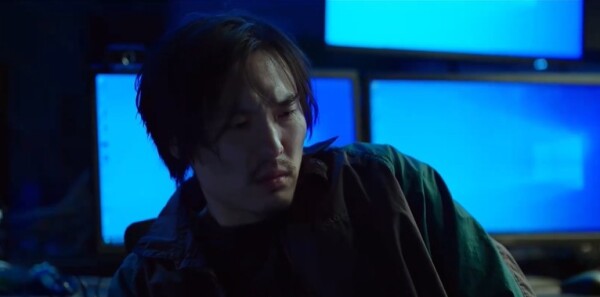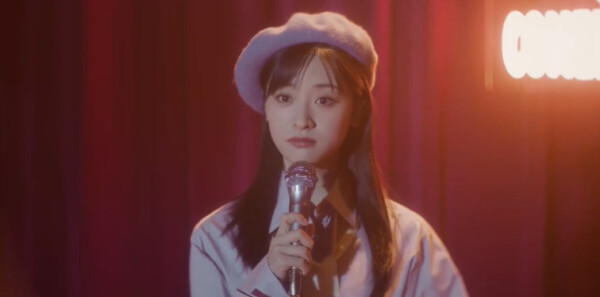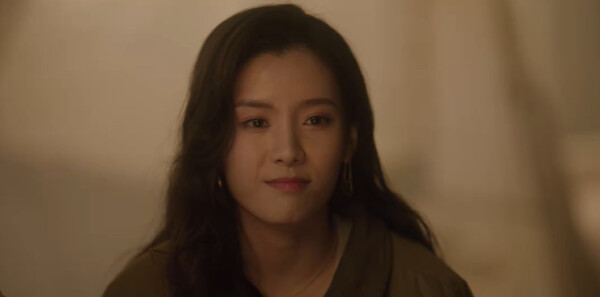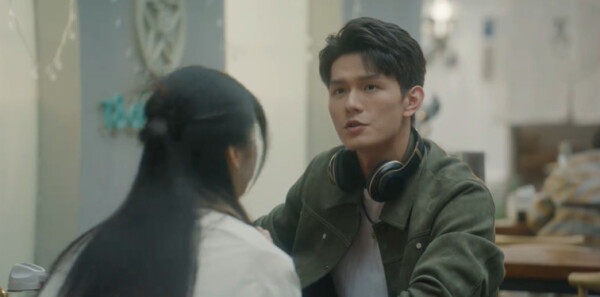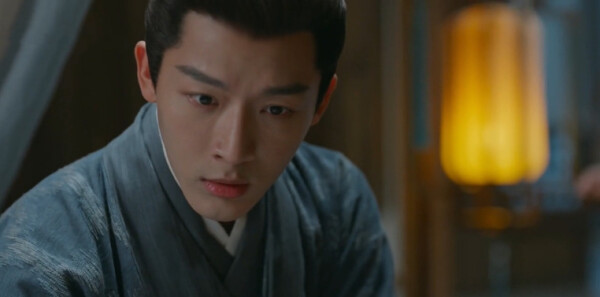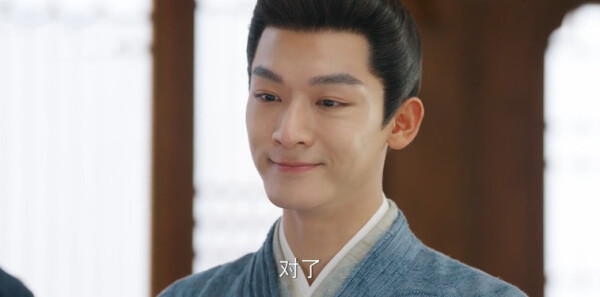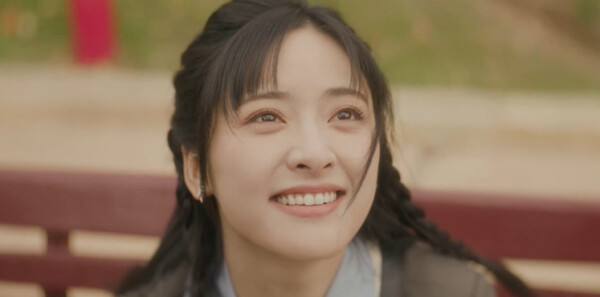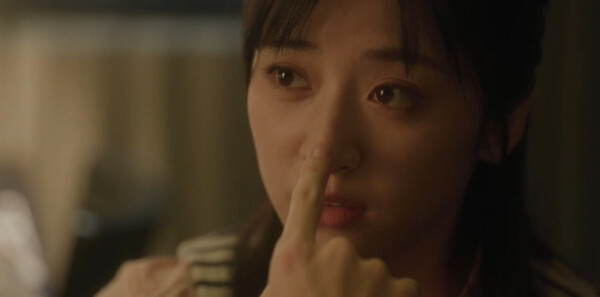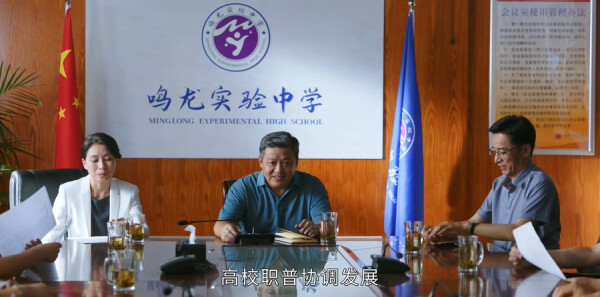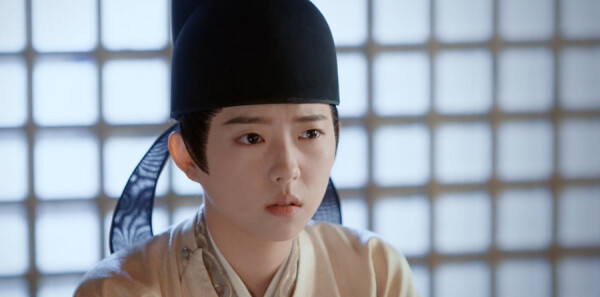The Woman Warrior《On the Poetic Battlefield: a Response to The Woman Wa
- 书评
- 2023-03-26 13:02:19
- 146
大一的時候寫的***文章啊,來美國的第二個學期。
In China it is not hard to distinguish a poet. When poets feel sad they do not speak out about their feelings. Instead they write about flowers falling in the late spring; they write about grasses dying in the autumn fields. They write in such a subtle and indirect manner—subtle and indirect yet so close to our souls like little scratches on our hearts. Maxine Hong Kingston writes that way. She is like those poets who write about flowers when feeling sad. When she was young and treated unfairly she used to scream (46). But in her memoir written after she grew up she screams no more. Instead she turns her bitter life into poems and gives them beautiful names. And those poems are more compelling than the screaming which finally diminished in her mother’s scolding in the old days (46).
In The Woman Warrior Kingston tells her own stories as well as others’ stories. Those stories all reflect Kingston’s experience of growing up in Chinese American society as a girl. Their fantasy and reality compose her life which is a battle against the discrimination against women and the conflict between Chinese and American culture. There are four characters – Kingston’s no name third aunt the white tiger girl Brave Orchid and Ts’ai Yen—who can be counted as the fantasy women warriors to whom Kingston looked up.
The memoir begins with the story of Kingston’s third aunt who killed herself in the drinking well after giving birth to her child whose father was unknown (1-7). This chapter indicates the origins of the discrimination against women within Chinese American society. This unfair tradition haunted the villagers of New Society Village who sailed across the ocean to the New World just as Kingston’s third aunt haunted her (16). Her third aunt’s isolation by the villagers mirrors her own isolation by her river bandit uncle and those villagers who said “feeding girls is feeding cowbirds” (46). They also shared the rebels against the unjust mortal restrictions placed on women. Though they had never met each other and they were living in the different time periods Kingston had a strong connection with her third aunt with whom she shared the same fate the fate of suffering which is determined by being born a girl and the fate of fighting injustice as women warriors.
The story of the white tiger girl is fictional and surreal which does not seem to fit into a memoir. However in my opinion the white tiger girl story is the reflection of Kingston’s childhood belief. When we were young we made up our own stories. We believed in Santa Claus and probably also believed that one day a letter delivered by an owl would free us from the boredom of math classes on Friday afternoons. But one day you realized how unlikely it was that those things were going to happen in your life and you grew up. Kingston made up the white tiger girl story after hearing the chant of Fa Mu Lan and the talk-story of sword woman (19 20). The white tiger girl’s wonderful adventure ended so well: the clan was protected; the girl became a beloved ***e. However Kingston was not the white tiger girl. She grew up as the white tiger girl did but only to find out that her American life was such a disappointment (45). There was after all no magic no sword and no rabbit who sacrificed itself to save her life (26). She could not protect her family and clan most of whose members were either killed in the Cultural Revolution or living in poverty. When she “fought” against her racist boss all that she could do was quit her job (49).
If “White Tigers” is about the fall of a childhood dream “At the Western Palace” is about fall of Brave Orchid somewhat of a woman warrior in actual life. Brave Orchid fought ghosts all her life. She fought real ghosts in China then the “ghost” culture in the west. She went to her sister’s remarried husband’s office to fight for her sister’s rights of being an official wife. However the event turned into tragedy which led to Moon Orchid’s mental disorder. The harsh Chinese woman warrior fell in the American society which must have had a great influence on Kingston’s idea about what a woman warrior would be like in reality.
In my opinion the final chapter “A song from a Barbarian Reed Pipe” is the most important chapter of the book. It is all about communication. On one hand it concerns communication between Kingston and the “ghosts” or Non-Chinese Americans her parents and the Chinese Americans. On the other hand the chapter is the communication between the author and the readers where Kingston reveals the explanations of the myths in which she encoded her feelings in the former part of the book.
The chapter contains four stories. The first story presents Kingston’s childhood experience of asking candy from the druggist who sent the drugs--with bad luck as what her mother thought—to the Hongs by mistake. Being in between her non English speaker parents and the Americans Kingston was embarrassed by her parents’ inappropriate behaviors according to the American social standards and was upset by the misunderstanding between the two cultures. The second story is about Kingston’s final out-burst of her feelings on Brave Orchid’s role as a traditional st
But now Kingston frees herself by writing. In the “Culture Mis-reading by American Reviewers” Kingston’s response to reviews on The Woman Warrior Kingston states that The Woman Warrior is a “world book” and at the same time her book (“Culture” 103). Kingston is no longer the girl who was drowned in her “thickest” silence; she becomes a woman warrior like Ts’ai Yen and speaks up in her book about the injustices of gender race and culture (165). She translates her feelings for every reader. Ts’ai Yen listened to the barbarian music and sang with it which was a symbol of the mixing of different cultures. Whereas Ts’ai Yen composed the “Eighteen Stanzas for a Barbarian Reed Pipe” Kingston wrote The Woman Warrior.Both of them translated well.
Works Cited:
Kingston Maxine Hong. “Culture Mis-reading by American Reviewers”. Critical Essays on Maxine Hong Kingston. Ed. LE Skandera-Tormbley. G.K Hall & Co. New York. 1998 95-103
… The Woman Warrior. Vintage International Edition. New York. 1989
本文由作者笔名:小小评论家 于 2023-03-26 13:02:19发表在本站,文章来源于网络,内容仅供娱乐参考,不能盲信。
本文链接: http://www.w2mh.com/show/47107.html
 小小评论家
小小评论家







